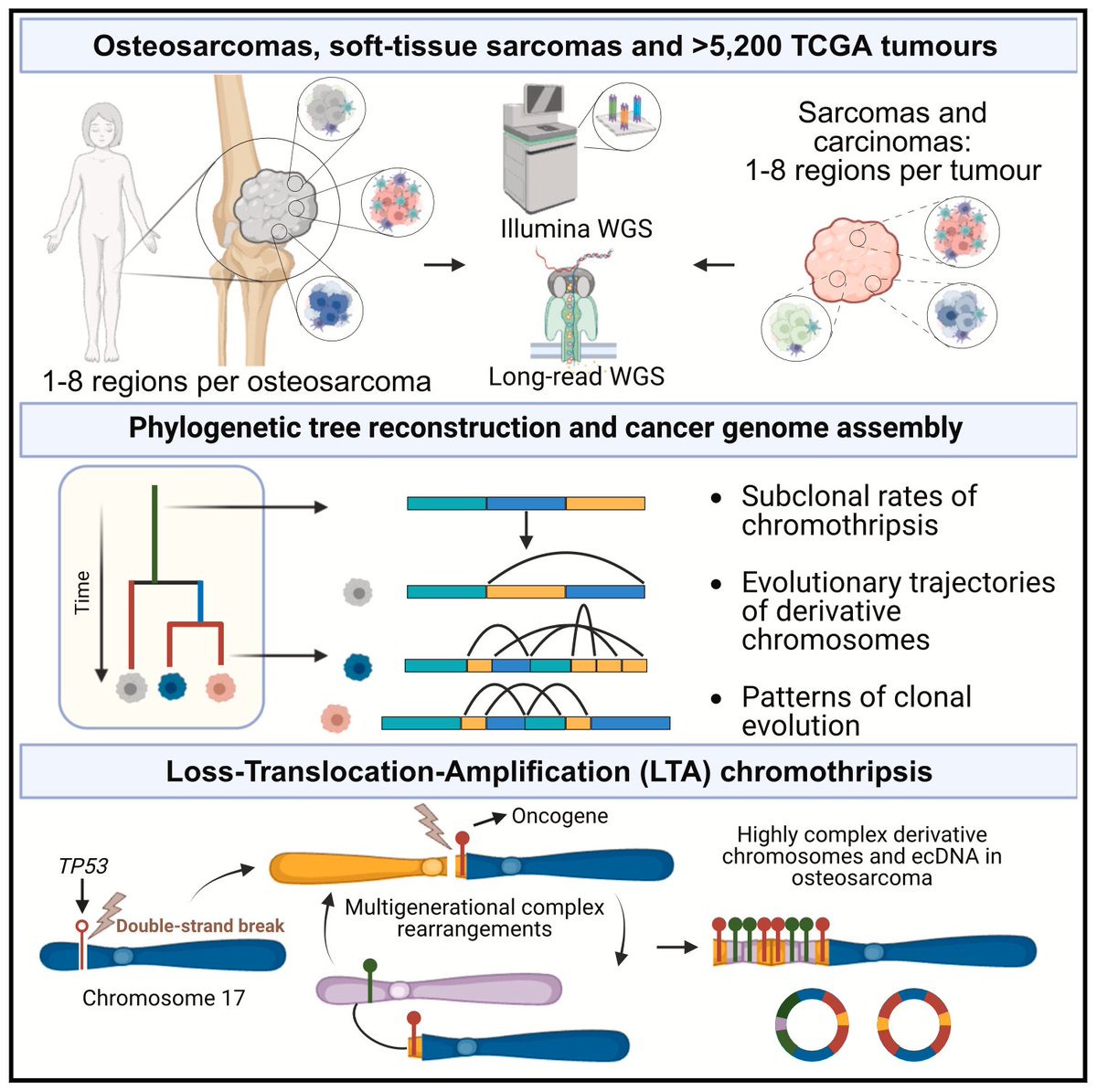
Isabella Koprivec
@isabella__k
Cell biologist | Medical & Science Writer | PhD @Toliclab @institutrb | Founder of Eupraxia 🧬
ID: 776202164
http://www.eupraxiamedical.com 23-08-2012 15:32:52
165 Tweet
350 Followers
566 Following

How can a single cell learn without a brain? We explore this in my first paper from my PhD with Wallace Marshall, co-first-authored with Tatyana Makushok! We discovered that gradual habituation in a cell population is due to step-like switches in single cells bit.ly/3GNg702 🧵1/n

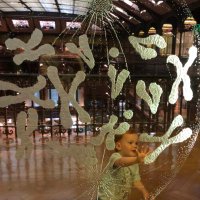
Join us in Stresa, Italy for the amazing @embo Chromosome Segregation and Aneuploidy organized by Stefano Santaguida Elsa Logarinho Ben-David Lab Foijer lab @McclellandLab and myself. Registrations are open now! meetings.embo.org/event/25-aneup…
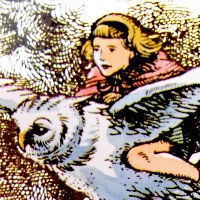
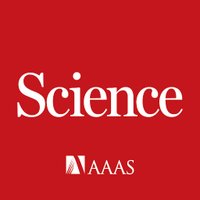

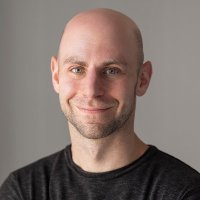
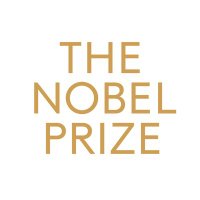

Excited to share our lab's first preprint: we used spatial transcriptomics to dissect how aging disrupts the cycling ovary! 🧵 This was an incredible team effort w/ Jennifer Garrison Tammy Lan David Fischer AlisonKochersberger Ruth Raichur Sophia Szady
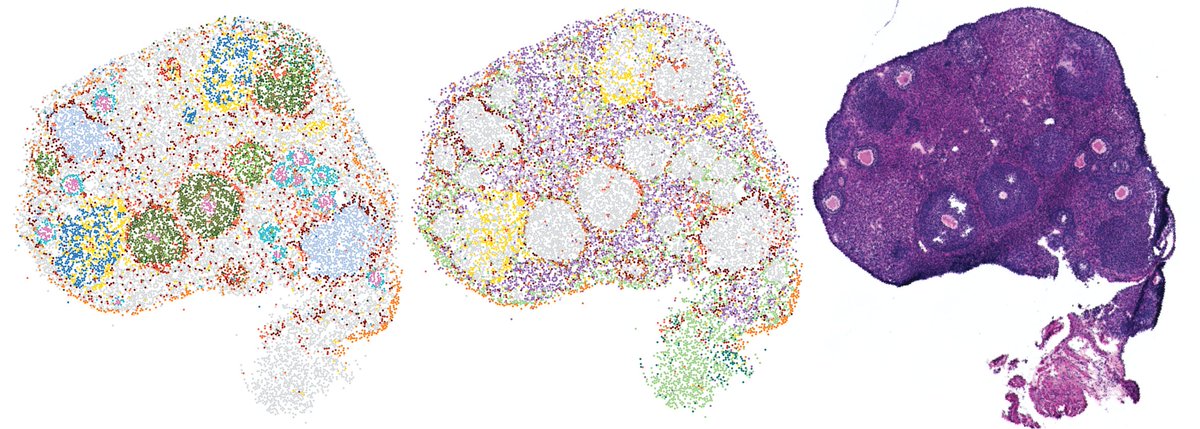

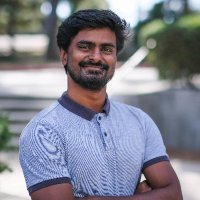


#1 Happy to share our last work published in Nature Cell Biology about a new cell cycle checkpoint that senses nuclear shape and mechanics to guarantee genome integrity nature.com/articles/s4155…. Great work from Solène Hervé and Andrea Scelfo in close collaboration with Kate Miroshnikova.

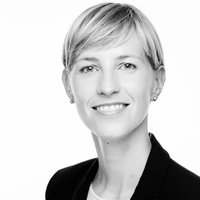
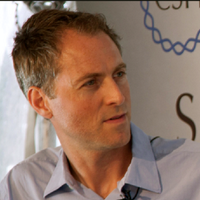

Have you ever wanted to track individual #chromosomes during #mitosis? To do live cell #karyotyping and map the inter- and intra-chromosomal contacts dynamics? Our recent work made that possible. Check out our Nature Cell Biology paper: nature.com/articles/s4155…




